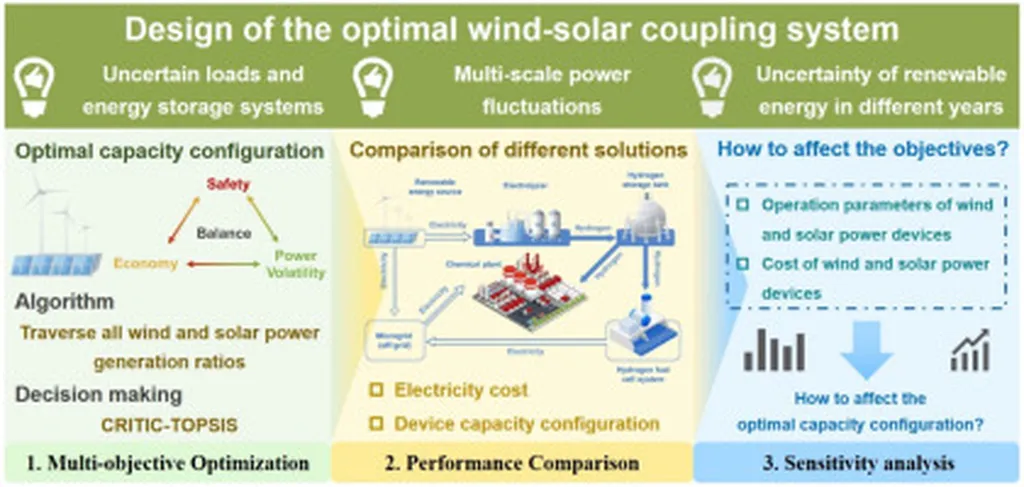In a significant stride towards integrating renewable energy sources into traditional power grids, a recent study published in the *Journal of Electrical Engineering* by Sundaram Pandya presents a novel approach to optimize power flow in systems combining wind and thermal power plants. This research, which remains unaffiliated with a specific institution, offers a promising method for balancing the stochastic nature of wind energy with the reliability of conventional coal-based generation.
The study addresses a critical challenge in modern electrical systems: the integration of renewable energy sources without compromising grid stability and economic efficiency. By replacing two thermal power plants with wind power plants, Pandya’s research demonstrates a techno-economic analysis that could reshape the energy sector’s approach to power generation.
“Our method uses the Weibull probability distribution functions to accurately calculate wind power output, which is crucial for predicting and managing the variability inherent in wind energy,” Pandya explains. This probabilistic approach allows for a more precise modeling of wind power, enabling grid operators to make informed decisions about power flow and distribution.
One of the standout features of this research is the application of a non-dominated sorting-based multi-objective moth flame optimization technique. This advanced metaheuristic algorithm helps in solving complex optimization problems, ensuring that the power flow is both efficient and reliable. “The moth flame optimization technique allows us to navigate the multi-dimensional space of variables and constraints, finding optimal solutions that balance economic and technical objectives,” Pandya adds.
To validate their findings, the researchers used a modified IEEE-30 bus test system, which was integrated with both wind and thermal generating plants. The results showed that the proposed method could effectively manage the integration of renewable energy sources, providing a stable and economically viable solution.
The study also employs a fuzzy decision-making approach to extract the best compromise solution from the multi-objective optimization process. This ensures that the final solution is not only technically sound but also economically feasible, addressing the practical concerns of energy providers and consumers alike.
The implications of this research are far-reaching for the energy sector. As the world shifts towards renewable energy sources, the ability to integrate wind power into existing grids becomes increasingly important. Pandya’s work offers a robust framework for achieving this integration, potentially reducing reliance on fossil fuels and mitigating the environmental impact of power generation.
“Our findings suggest that with the right optimization techniques, renewable energy sources like wind power can be seamlessly integrated into traditional grids, paving the way for a more sustainable energy future,” Pandya concludes.
This research, published in the *Journal of Electrical Engineering*, highlights the potential of advanced optimization techniques in addressing the challenges of renewable energy integration. As the energy sector continues to evolve, such innovative approaches will be crucial in shaping a more sustainable and efficient power grid.

